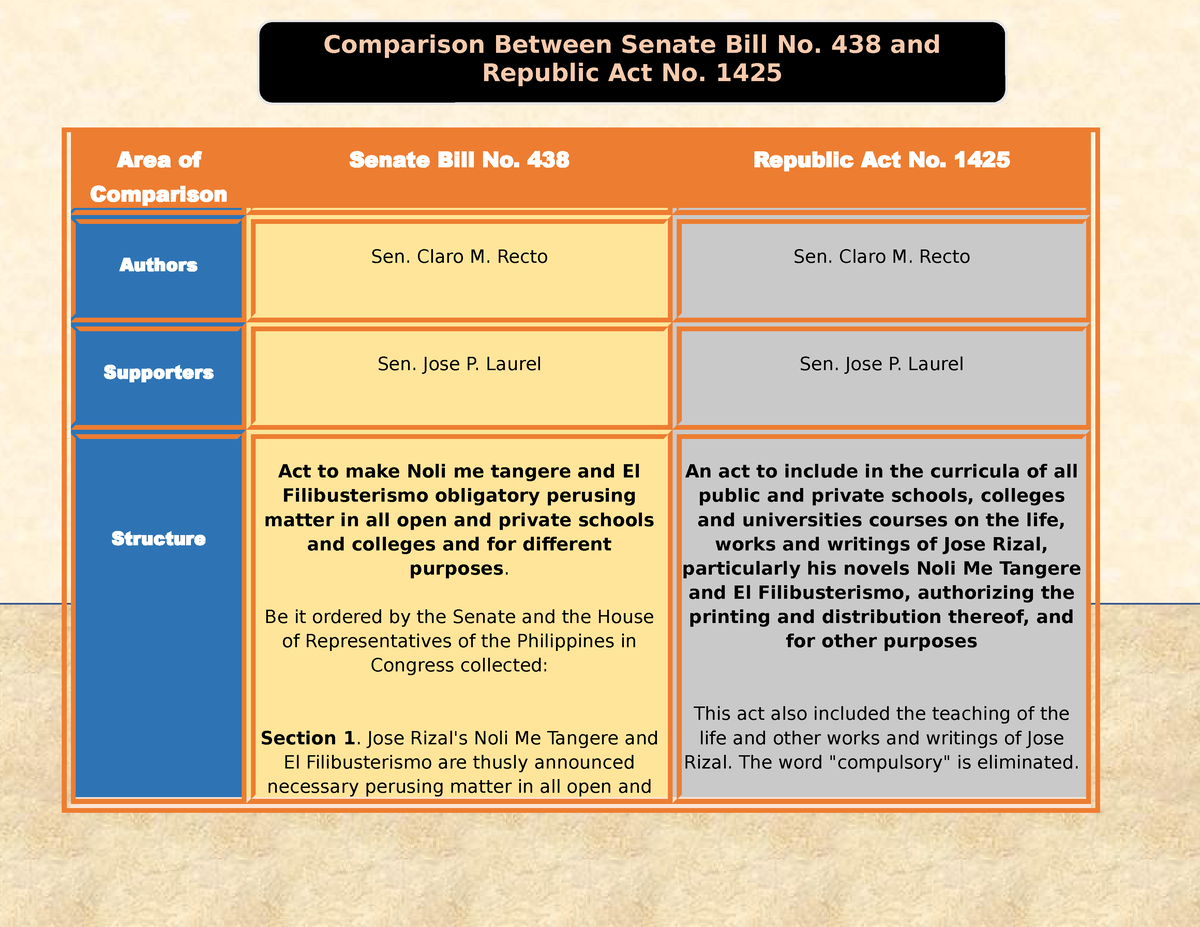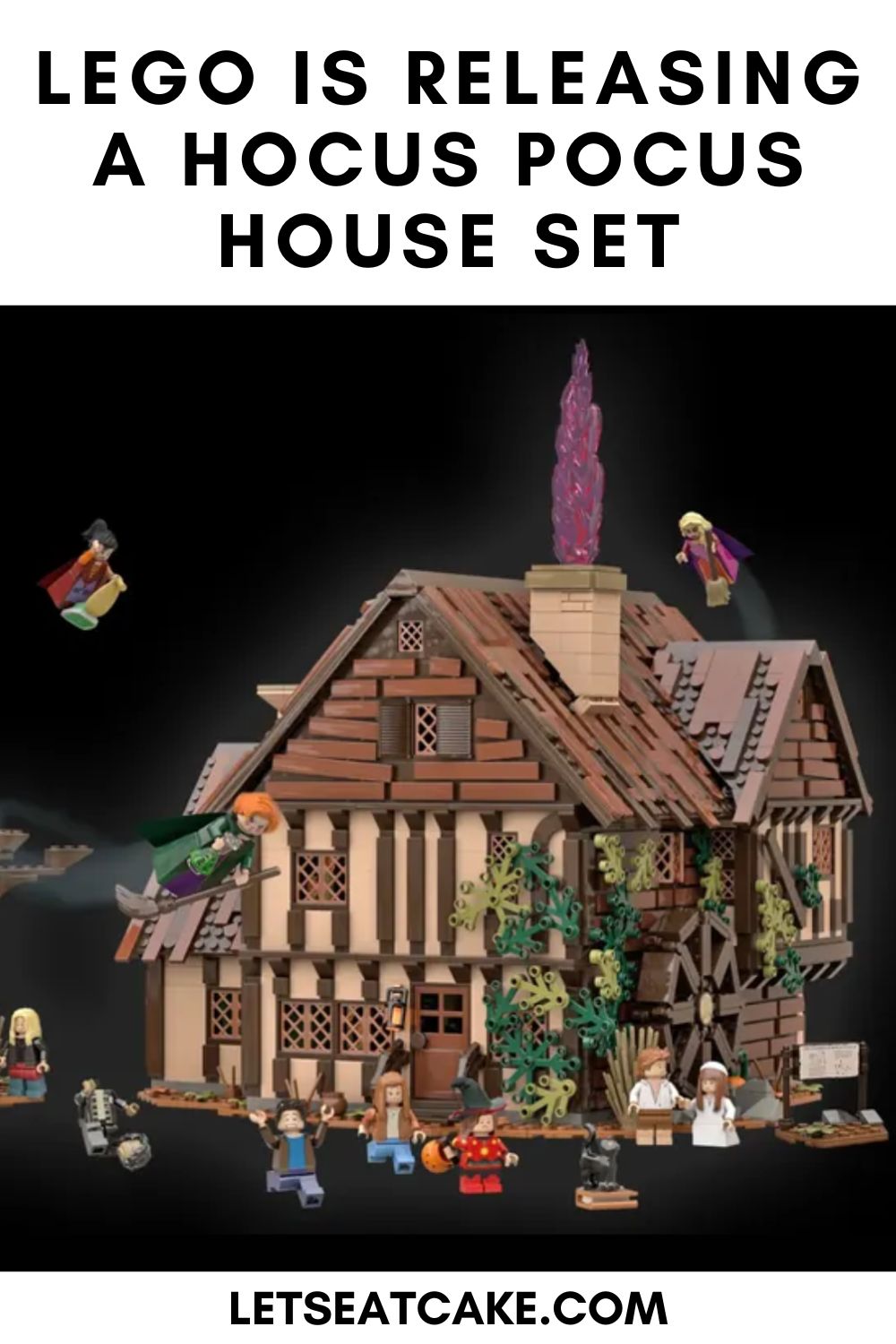Table Of Content
She was succeeded in turn in January 2011 by John Boehner, who was not able to exercise the degree of control of previous Speakers. Before members are assigned to committees, each committee’s size and the proportion of Republicans to Democrats must be decided by the party leaders. The total number of committee slots allotted to each party is approximately the same as the ratio between majority party and minority party members in the full chamber. Both chambers of Congress have extensive investigative powers, and may compel the production of evidence or testimony toward whatever end they deem necessary. Members of Congress spend much of their time holding hearings and investigations in committee. Refusal to cooperate with a congressional subpoena can result in charges of contempt of Congress, which could result in a prison term.
What happens when different parties control the houses?
When elected, senators serve six-year terms, and the elections take place on a statewide basis. In order to become a senator, an individual must be at least 30 years old and meet other eligibility requirements set forth by the U.S. The two chambers are theoretically equal, each having exclusive powers and both having joint powers. The Senate gets called the 'Upper' House; this is not accurate — officially.
American Government 101: Difference Between House and Senate
However, as district borders were never defined definitively, they can and often do stretch into peculiar shapes due to a practice known as gerrymandering. The Senate's plan also requires a 120 hours-per-month work requirement, with no contingency to expand Medicaid if CMS doesn't accept it. The employee primarily performs executive, administrative or professional duties.
Step 4: Congress may vote to override a presidential veto
The Senate is known as the upper chamber of Congress because it has fewer members than the House. Originally, the number of representatives was set at 1 per 30,000 inhabitants, but the representative count has since increased, as the U.S. House of Representatives History, Art, and Archives website describes.
Is this the year for bipartisan action on advanced nuclear? - E&E News by POLITICO
Is this the year for bipartisan action on advanced nuclear?.
Posted: Wed, 24 Jan 2024 08:00:00 GMT [source]
Before the year 1913, the representatives of the Senate were not directly elected by the citizens of the United States. The Senate constitutes 100 seats, and every 2 seats have representatives from the same state. The House has always been close to the citizens as its representatives have always been elected and voted by the citizens of the country. The enumerated powers of Congress allow for the creation of public policy in several important areas.

Majority party powers and prerogatives
Congress may override the veto with a two-thirds vote of each chamber, at which point the bill becomes law and is printed. The duties of the House of Representatives are stated in Article I, Sections 7 and 8 of the Constitution. However, the powers granted to both houses of Congress are derived from Article I, Section 1, as the Legal Information Institute explains. As the Senate website explains, the amendment was in response to corruption and other problems that prevented state legislatures from choosing U.S. senators.
Pol returns to deli on Staten Island to tout bill to make assault on retail workers felony
Once the bill is released by the committee, representatives or senators debate it and propose amendments or other changes prior to putting the bill to a vote. After passing in the initial body (House or Senate), the bill goes to the other body, where it’s researched, discussed, and amended further. Therefore, the majority party must work more closely with the Senate minority party than is typical in the House, which needs only a simple majority to approve measures. The Senate website describes the relationship between the majority and minority parties in the Senate as “one of compromise and mutual forbearance” that’s intended to prevent stalemates from arising on important matters of legislation. The duties of the Senate majority leader include handling all procedural matters that arise on the Senate floor and informing members of the majority party about the content, implications, and status of all pending legislation. In collaboration with Senate committee chairs, the majority leader addresses any conflicts that may prevent proposed bills from being passed.
Some have become permanent, but most are formed for limited time frames. Although useful for zeroing in on key issues, the proliferation of committees, and especially subcommittees, has decentralized the legislative process and significantly slowed it, making Congress less responsive to changing trends and needs. The House plays a major role in government, mainly that of initiating all revenue-based legislation.
Majority Rules
As outlined in the Constitution, the House represents citizens based on district populations, while the Senate represents citizens on an equal state basis. This agreement was part of what is called The Great Compromise which, in turn, led to the Permanent Seat of Government Act establishing the nation’s federal capital in Washington, DC. The first step in the legislative process is the introduction of a bill to Congress. Anyone can write it, but only members of Congress can introduce legislation. Some important bills are traditionally introduced at the request of the President, such as the annual federal budget.
In addition, Congress’ war powers have created a lot of friction between the executive and legislative branches. For example, presidents have tried to expand their power to engage the U.S. military in overseas conflicts, as the House of Representatives Archive describes. For example, in the period after World War II, presidents committed troops to the Dominican Republic, Laos, and Vietnam, among other countries, without requesting or receiving authorization from Congress. At the Constitutional Convention of 1787, delegates from Connecticut proposed that the seats in the House be assigned based on population, while the seats in the Senate be assigned two per state. The Great Compromise (or Connecticut Compromise) gives each state equal representation in the Senate while ensuring equal representation per citizen in the House. Together, the House and Senate form the legislative branch of government.
In cases of impeachment (e.g., Andrew Johnson in 1868 and Bill Clinton in 1998), the House determines if charges can be brought against the official, and a simple majority vote approves or rejects the filing of charges (the impeachment process). If approved, the Senate then serves as the investigative/judicial body to determine if the charges merit removing the accused official from his or her office. However, the vote in the Senate has to represent "a significant majority," usually taken to mean 67 of the 100 votes.
To elect the vice-president if there is no overall majority in the Electoral College. Rather it means the House wanting to bring formal charges against a public official because, in their view, there is sufficient evidence of `Treason, Bribery, or other high Crimes and Misdemeanors.' (Art. II Sec. 4). The makeup of the Rules Committee has traditionally been weighted in favor of the majority party, and has been in its current configuration of 9 majority and 4 minority members since the late 1970s. All committees have websites where they post information about the legislation they are drafting. To be elected, a representative must be at least 25 years old, a United States citizen for at least seven years and an inhabitant of the state he or she represents. Since 1976 the Senate Historical Office has interviewed Senate officers, parliamentarians, clerks, police officers, chiefs of staff, reporters, photographers, Senate pages, and senators.

No comments:
Post a Comment